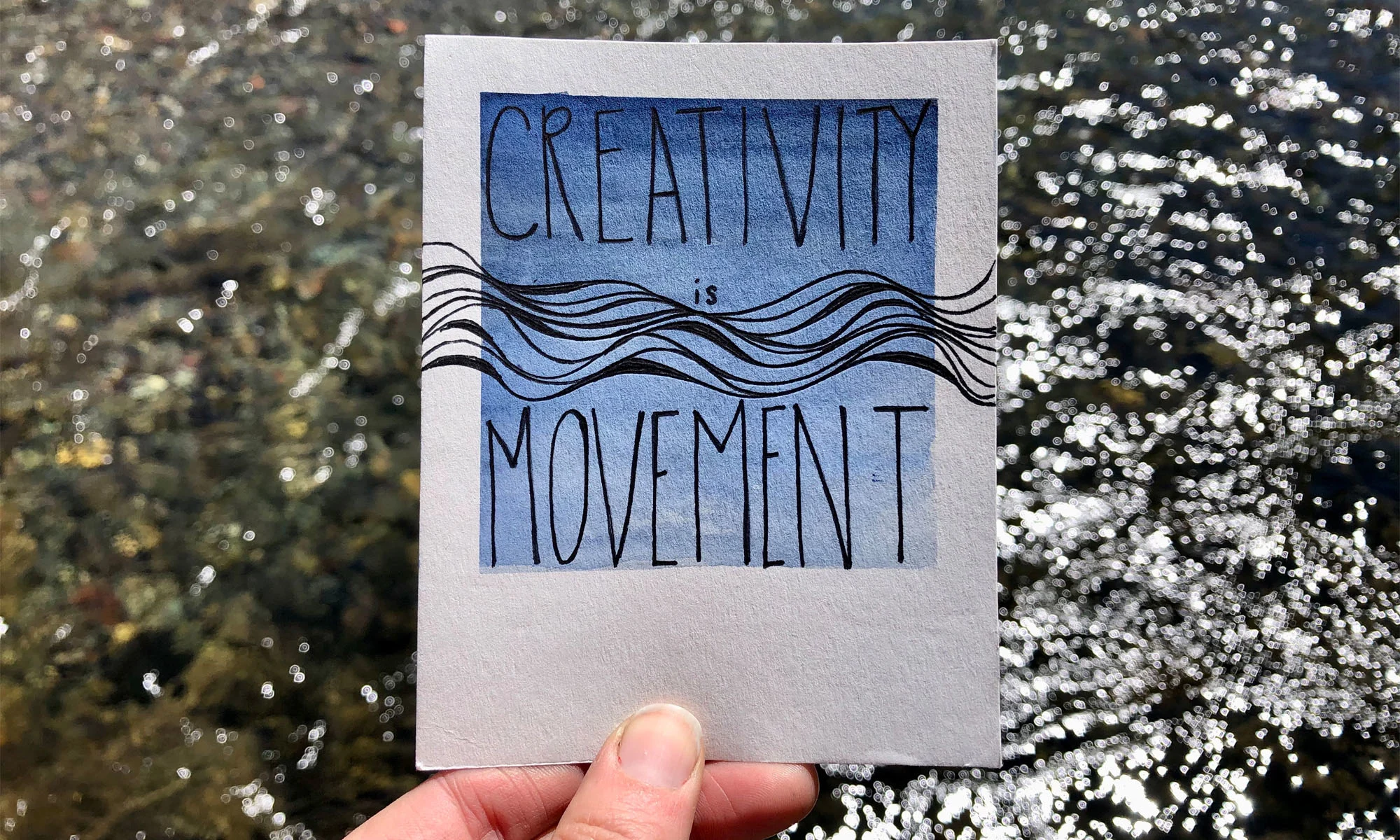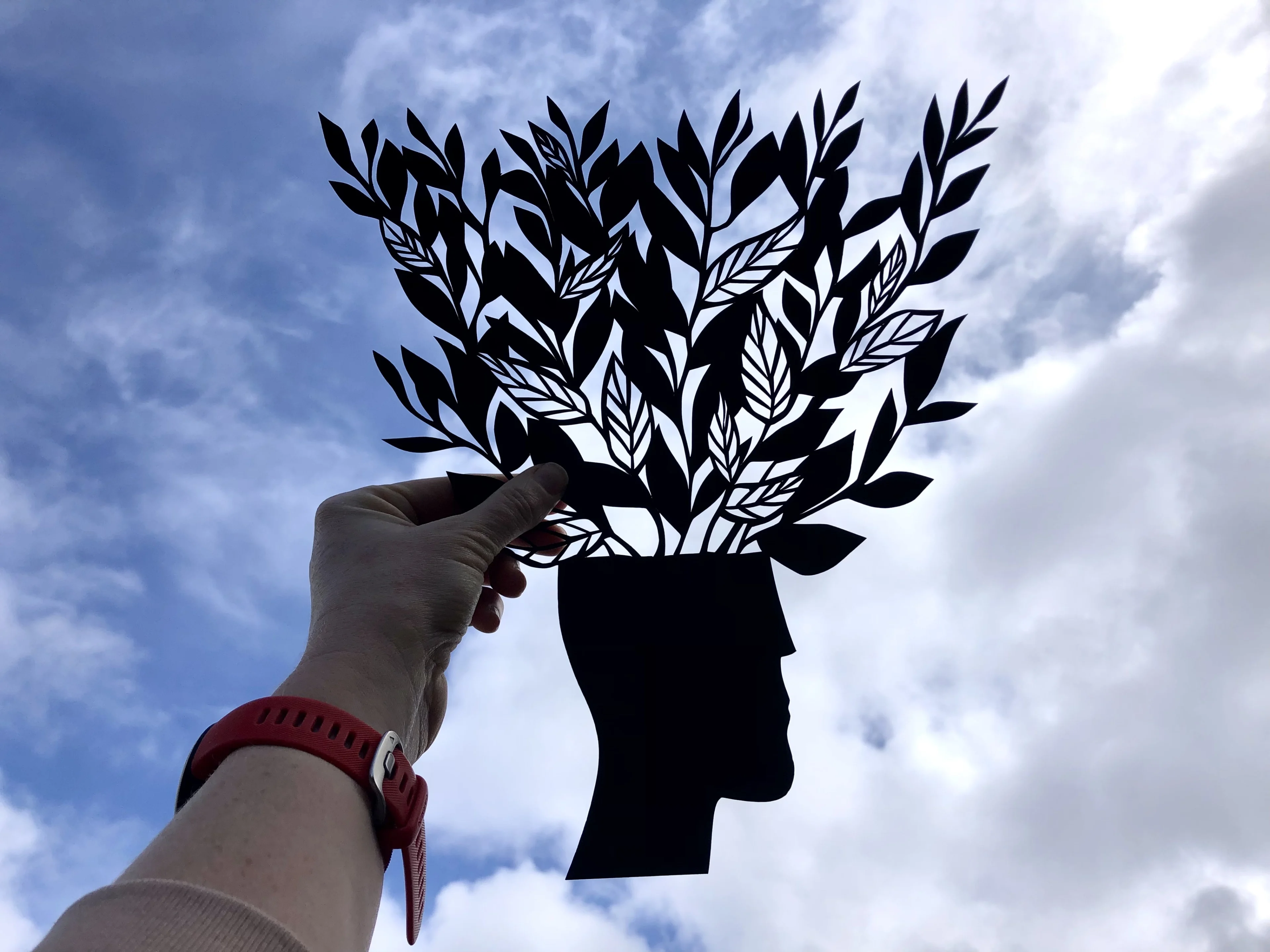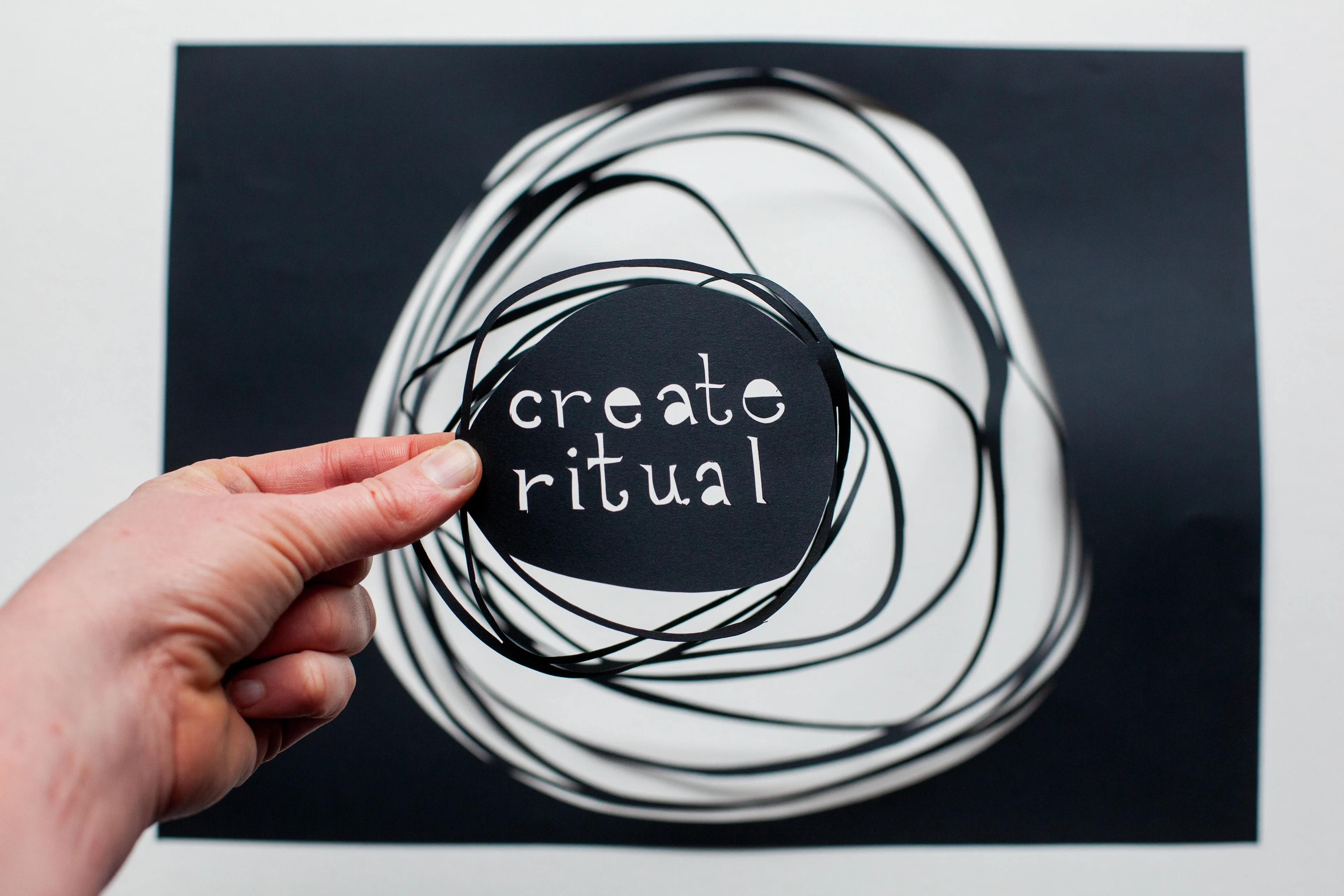The Creative Fuel Series: How We Move Matters
- 26 May 2022
- ByAnna Brones

Creative process is anything but stagnant. It is a practice of change and motion, of navigating obstacles and adapting along the way, of finding the flow and moving with it. It’s perhaps no surprise then that movement itself can be a catalyst for creativity.
There is a significant link between physical activity and creativity, and just like exercise improves our physical and mental wellbeing, it also helps to boost our creative aptitude. “Sit as little as possible,” Friedrich Nietzsche once wrote, “...do not believe any idea that was not born in the open air and of free movement…”
Nietzsche was a proponent of walking and creativity, much like many other creatives, artists, and thinkers who have considered it a beloved tool for their creative process. In her book Wanderlust, Rebecca Solnit writes, “I like walking because it is slow, and I suspect that the mind, like the feet, works at about three miles an hour. If this is so, then modern life is moving faster than the speed of thought or thoughtfulness.” This specific act of movement facilitates creative thinking in all kinds of ways; science has shown why good ideas often come when you’re out meandering.
Others like a more intense physical approach. Writer Haruki Murakami devoted a whole book to running, and how interwoven it is with his own creative process. In fact, in Murakami’s mind, the creative process is akin to a sport in and of itself. Exercise does all kinds of things for us that are useful when it comes to creativity, like reducing stress, increasing our capacity for learning, and in general improving overall cognition.
Investing more time in physical activity can be a way to invest in our overall creative selves, but we can also use it as a tool to get ourselves out of our creative blocks. The next time you find yourself staring at the computer screen, or the canvas, or whatever medium you use for your creative work, and feeling that sense of being “stuck,” you just might be better off standing up and moving around than continuing to push through the creative block. A run, a walk, a swim… anything to get help cultivate that flow of creative ideas. As the authors of a 2020 study of creativity and everyday bodily movement write, “physical activity and bodily movement have beneficial effects on creative cognition. This is also nicely in accordance with the anecdotal view that creative people use bodily movement to overcome mental blocks and lacks of inspiration.”
It might not just be the movement that matters, but also how it’s done. A 2012 experiment had people trace the lines of a drawing in the air. One was more fluid and organic in nature, with lots of curving lines, and the other was a similar drawing but with rigid, angular lines. The participants who traced the fluid lines had a higher capacity for creative cognition. More recently, a 2022 study showed that it’s the freedom to move without external constraints that impacts creative thinking. Even sitting at your desk and making small movements with your body can be useful, which is something to consider every time we find ourselves hunched over at our desk or staring at a tiny screen.
On some level, what these studies show is that creativity is not just a question of our brain “doing the work.” There’s a close mind/body connection that’s at play when it comes to creativity—in fact even mind-body dissonance can help us think more expansively—and as writer Jocelyn K. Glei has pointed out, creative process asks us to be in our bodies.
There’s even the emerging field of embodied creativity, which “includes creative expressions and processes that emphasize or are generated by the physical body. It is a view of creativity that highlights physical responses within creative practice and is attentive to the influences of space, environment, materials, and the individual's relationships to other bodies,” writes Anna Griffith, an interdisciplinary performer and Assistant Professor of School of Creative Arts, University of the Fraser Valley.
The creative medium that perfectly captures this is (of course) dance, and the close connection between movement and creativity is beautifully summarized in the words of the famed ballerina Maria Tallchief. Speaking of dancing, she said, “from your first plié you are learning to become an artist. In every sense of the word, you are poetry in motion. And if you are fortunate enough… you are actually the music.”
Even if we’re not dancers, we can translate that to our own creative practice and see how our art forms allow us to find a sense of movement and flow in the work that we are creating.
The explicit creative act of physical movement in dance is also an excellent way for all of us—whether we are dancers or not—to think more about how we move, and how that helps us to better connect to our own creative practice. It also challenges us to rethink movement, and shift us away from our assumptions about able-bodied movement. Because when it comes to creativity and movement, all forms of movement are on the table.
Consider how different variations of movement can influence creativity. A beautiful creative exploration of this is disabled artist Claire Cunningham’s audio project We Run Like Rivers and dancer Jerron Herman’s work, both of whom were featured in The Hastings Center’s online discussion Enjoying: Disability as Creative Force. And in Boston, Abilities Dance Boston uses dance as a tool for intersectional disability rights, as well as the Infinity Dance Theater in New York City that features dancers with and without disabilities, including those in wheelchairs.
Whatever movement you bring to your own creative practice—whether it’s a dance, or a long run, or slowly moving your arms around every once in a while when you’re at your desk—it all matters. Understanding that creativity and movement are closely connected allows us to rethink what movement is and how we do it, and that just might allow us to tap into new creative potential.
26 May 2022
Words by:Anna Brones
- Share

